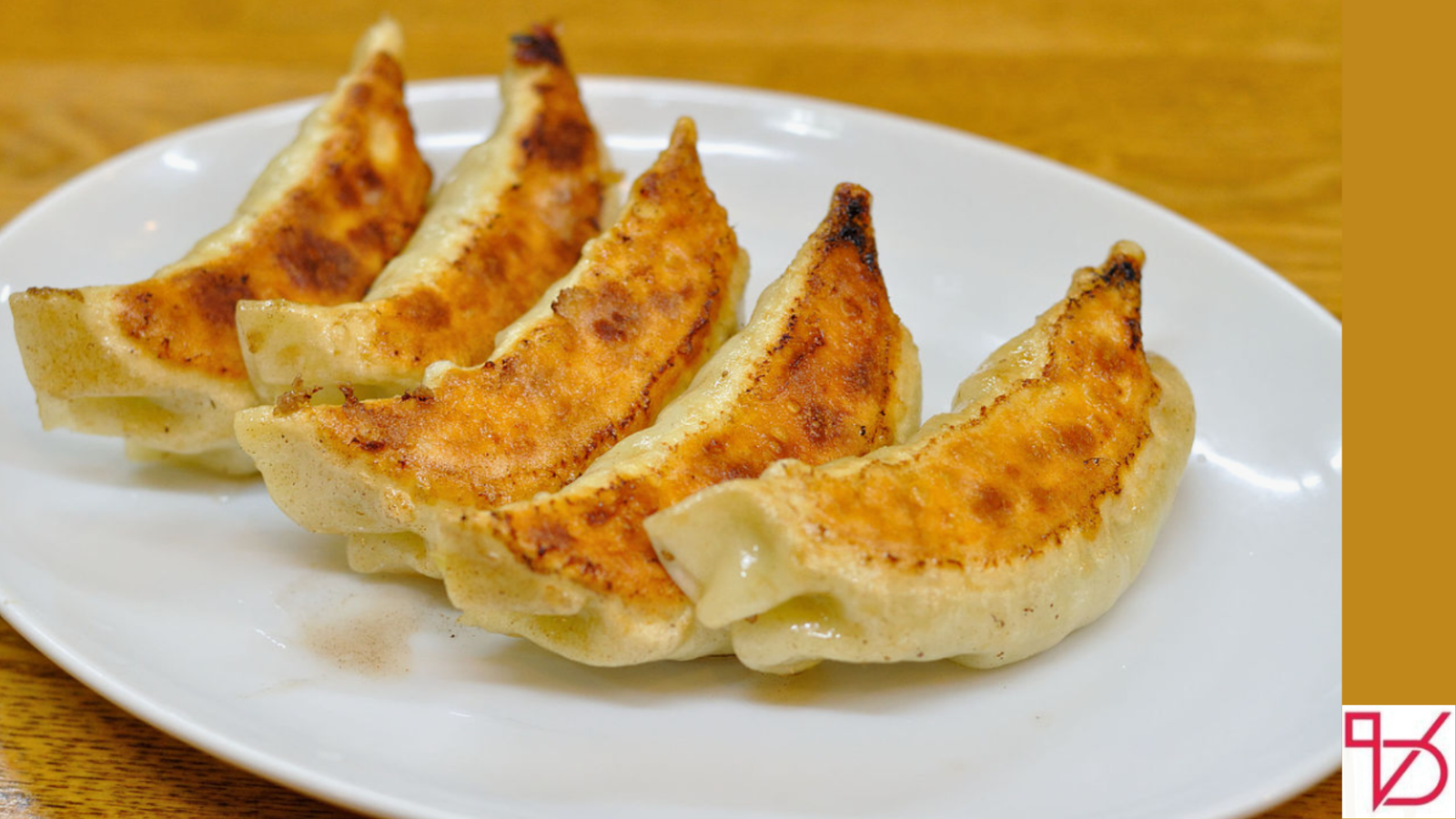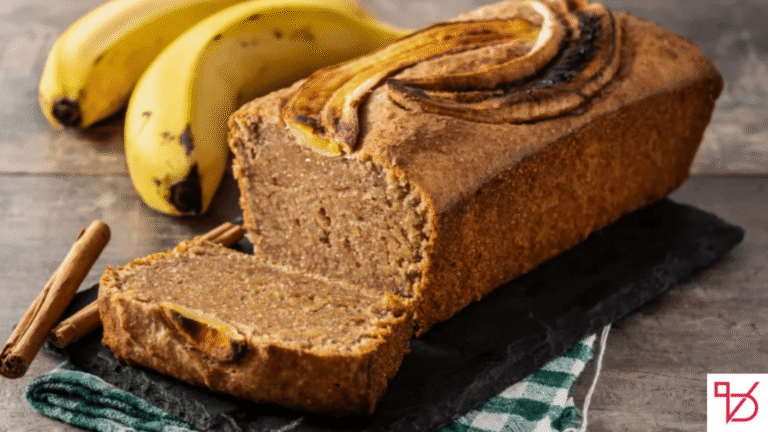If you’ve ever dined in Boston’s Chinatown or its surrounding suburbs, chances are you’ve come across a curious menu item called “Peking Ravioli.” Despite the Italian-sounding name, these savory pockets are deeply rooted in Chinese culinary tradition, tracing their origins back to the Eastern Han Dynasty over 1,800 years ago. In fact, what Bostonians call Peking Ravioli is better known elsewhere as potstickers or more traditionally, jiaozi.
So, why the name “ravioli”? Credit goes to the legendary chef Joyce Chen, who popularized Chinese cuisine in Boston during the 1950s and coined the term to make the dumplings more appealing to an American audience. The name stuck and so did the dumpling’s popularity.
The Essence of Peking Ravioli
Peking Ravioli isn’t just any dumpling. It features a thick, chewy wheat wrapper stuffed with a juicy, umami-rich filling usually made with seasoned ground pork, napa cabbage, scallions, and aromatics like garlic and ginger. The magic comes from the cooking method: pan-fried first to develop a golden crispy bottom, then steamed to lock in moisture.
It’s the best of both worlds: crispy and soft, savory and aromatic, simple and soulful.
Ingredients You’ll Need (With Purpose)
Let’s start by gathering our flavor building blocks:
- Ground pork – classic protein choice, rich and juicy
- Napa cabbage or bok choy – adds crunch and moisture, wring out after salting
- Scallions – fresh, oniony brightness
- Ginger and garlic – depth and warmth
- Soy sauce – salty umami base
- Sesame oil – nutty aroma
- Shaoxing wine (or dry sherry) – traditional Chinese cooking wine for richness
For the Wrappers:
- Wonton wrappers or homemade flour dough – slightly thicker than store-bought gyoza skins for that authentic chewy bite
Dipping Sauce:
- Soy sauce + rice vinegar + sesame oil + chili oil the iconic combo
- Optional: thinly sliced scallions or minced garlic for extra flavor
How to Make Peking Ravioli Step by Step
1. Prep the Filling
Finely chop the napa cabbage or bok choy, then toss with a little salt and let sit for 10 minutes. Squeeze out the excess moisture—this is key to avoiding soggy dumplings. Mix with ground pork, minced scallions, garlic, ginger, soy sauce, Shaoxing wine, and sesame oil until well combined. Chill the mixture slightly for easier handling.
2. Assemble the Dumplings
Place a spoonful of filling in the center of each wrapper. Wet the edges with water, fold into a half-moon, and pleat the edges to seal. Don’t overfill—it’ll make sealing tricky and increase the risk of bursting.
Pro tip: Keep wrappers covered with a damp towel as you work to prevent drying.
3. Pan-Fry and Steam: The Best of Both Worlds
Heat a nonstick skillet over medium-high heat and add a touch of oil. Place the dumplings flat-side down and let them sizzle until the bottoms are golden brown. Add a splash of water (¼ cup), cover with a lid, and steam for 5–6 minutes. Uncover and let the remaining water evaporate, giving you that signature crispy bottom.
What Makes Peking Ravioli Different?
Let’s clear the air between these dumpling cousins:
| Dumpling Type | Wrapper Thickness | Cooking Method | Texture | Common Region |
|---|---|---|---|---|
| Peking Ravioli | Thick wheat | Pan-fry + steam | Crispy bottom, chewy top | Boston, U.S. |
| Jiaozi | Medium | Boiled or pan-fried | Soft or crispy | Northern China |
| Gyoza | Thin | Pan-fry + steam | Light, crisp | Japan |
| Wontons | Thin + square | Boiled or in soup | Soft, slippery | Southern China |
The Cultural Legacy Behind the Wrapper
Dumplings (jiaozi) aren’t just comfort food symbolize wealth and unity in Chinese culture, especially around the Lunar New Year. Their shape resembles ancient Chinese money, making them a good-luck dish. The Peking Ravioli version is a delicious fusion of East and West, connecting Boston’s mid-century food scene with one of China’s most celebrated dishes.
Joyce Chen didn’t just rename dumplings, she translated a culinary experience for a whole new audience.
Final Bite: Why You’ll Love This
Whether you’re chasing nostalgia from a Boston Chinatown meal or just love a juicy, crispy dumpling, Peking Ravioli delivers both history and flavor in every bite. With its rich filling, golden bottom, and chewy top, it’s a comfort food classic that’s surprisingly simple to make at home.
FAQ
Q: Why are they called Peking Ravioli only in Boston?
Joyce Chen coined the term in the 1950s to appeal to American diners. “Peking” evoked exotic flavors, while “ravioli” made it relatable.
Q: Can I freeze Peking Ravioli?
Absolutely. Line uncooked dumplings on a tray, freeze until solid, then store in a zip-top bag for up to 3 months. Cook straight from frozen just steam a bit longer.
Q: Can I make a vegetarian version?
Yes! Replace pork with finely chopped mushrooms, tofu, and extra napa cabbage or bok choy. Season the same way.
Q: What’s the best dipping sauce ratio?
A balanced blend: 2 tbsp soy sauce, 1 tbsp rice vinegar, 1 tsp sesame oil, optional chili oil to taste.







